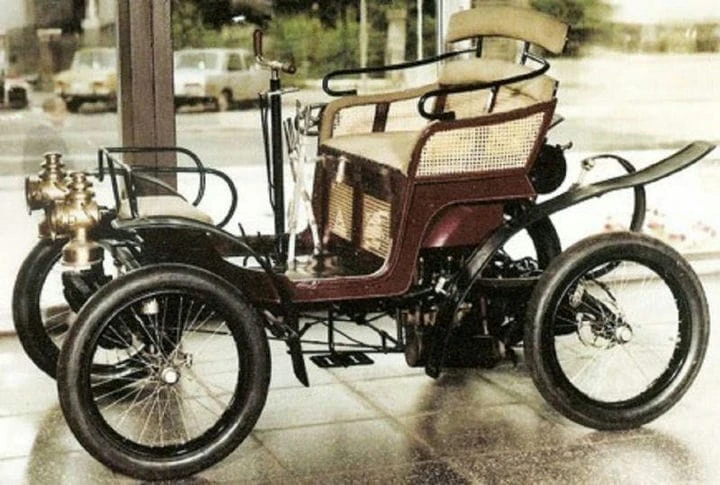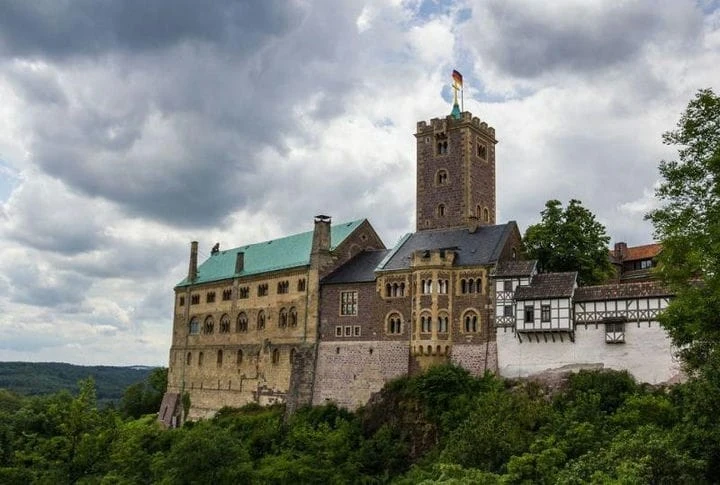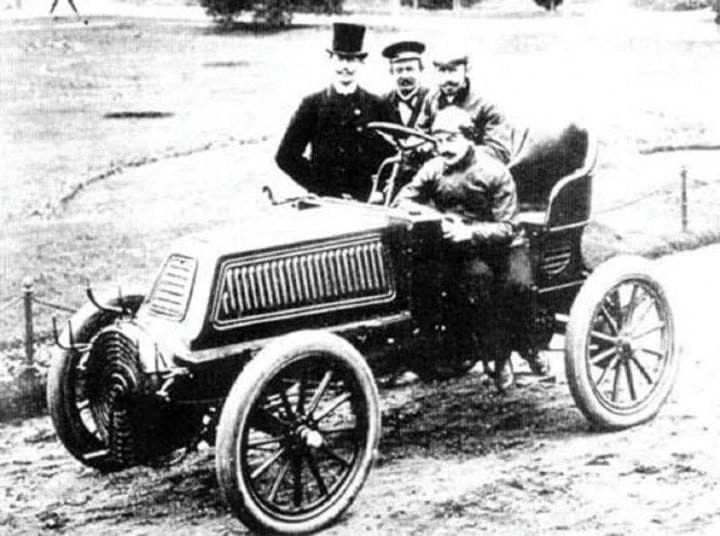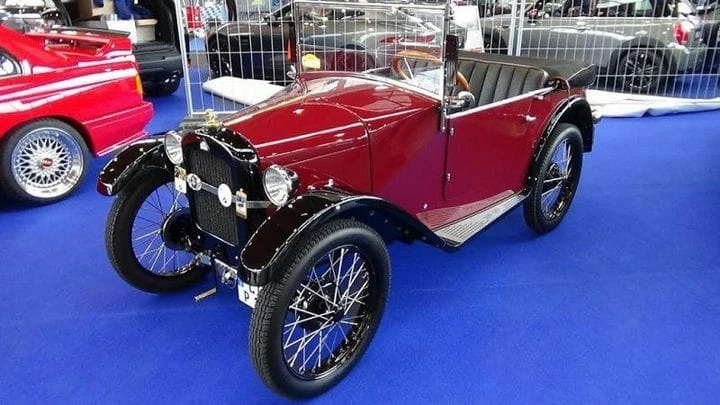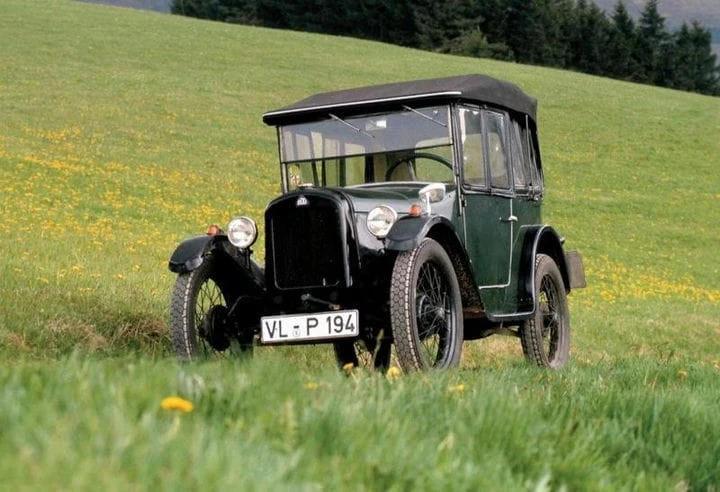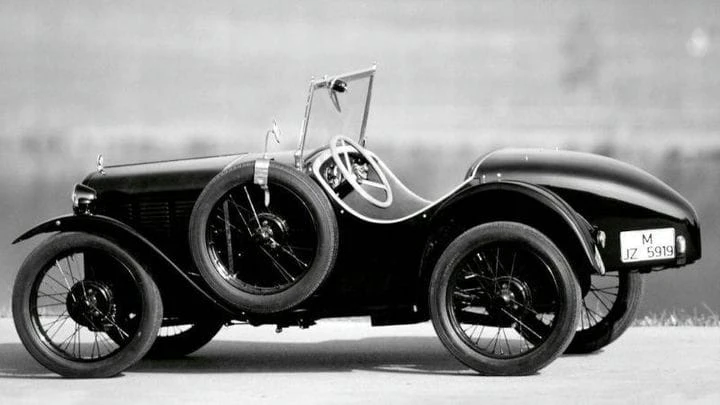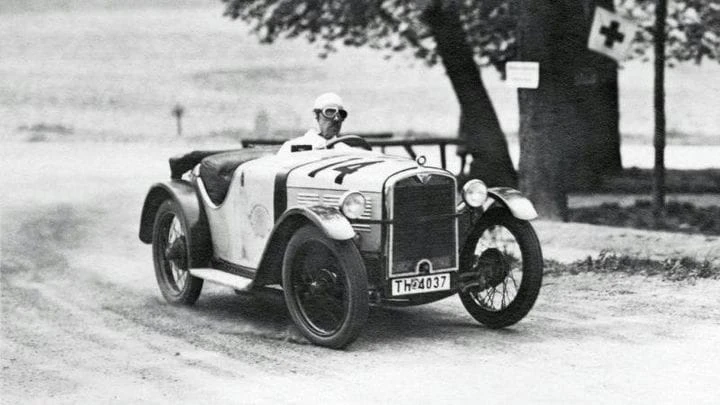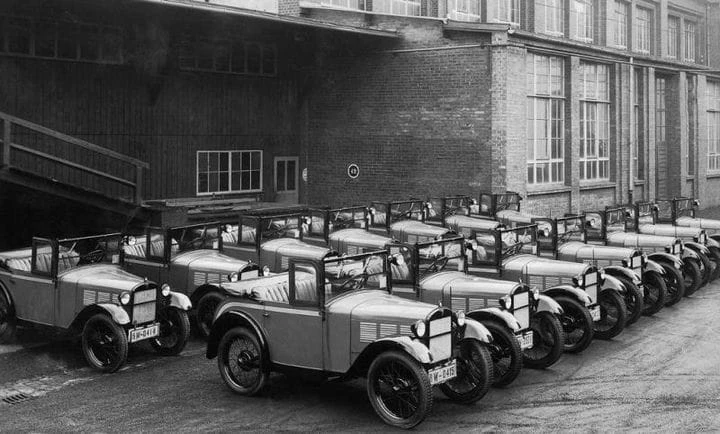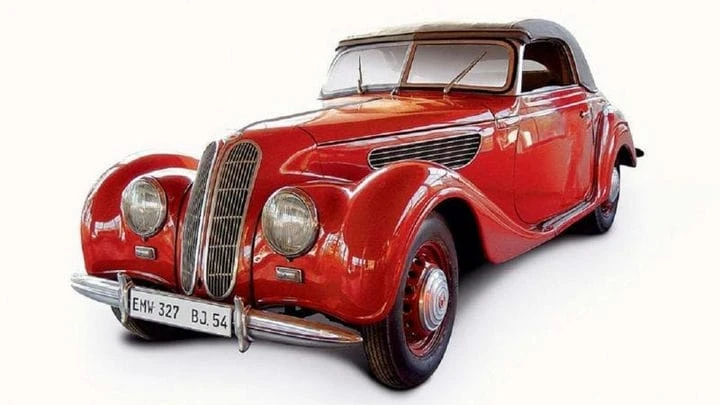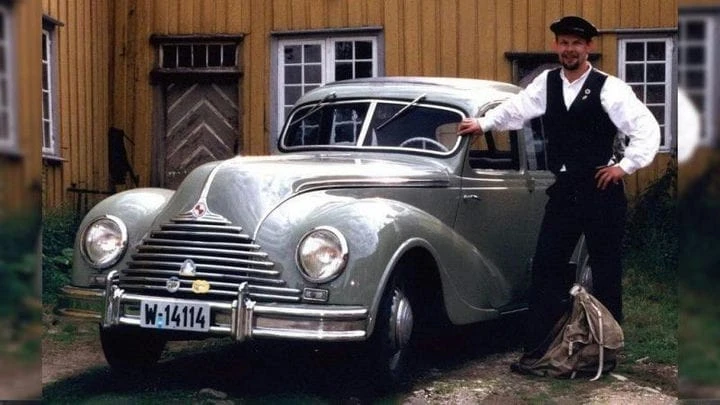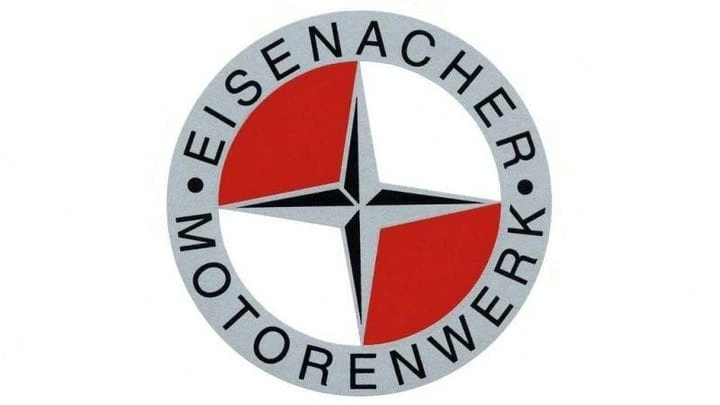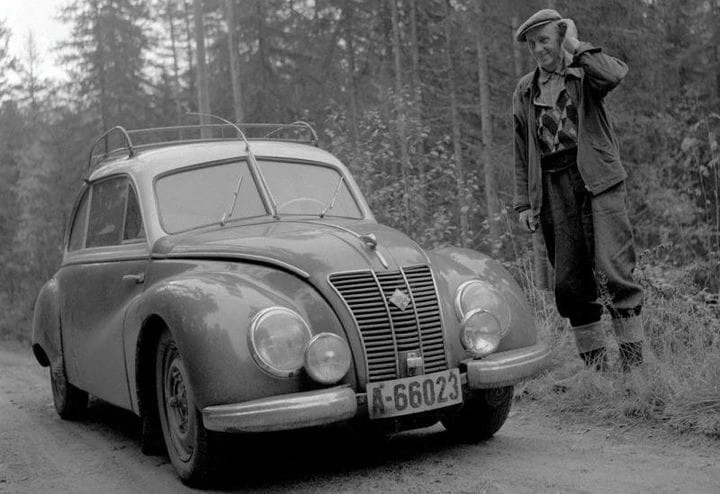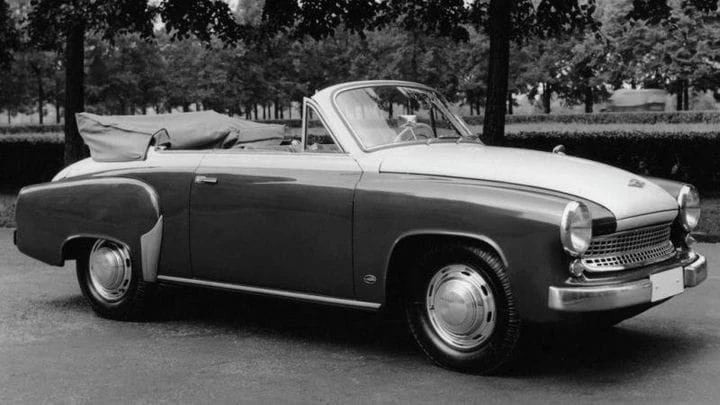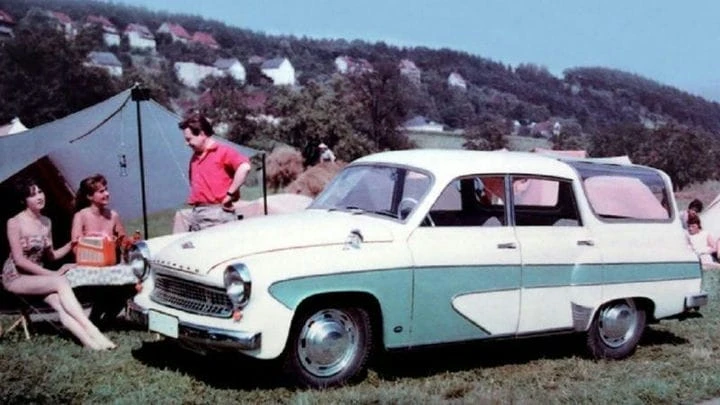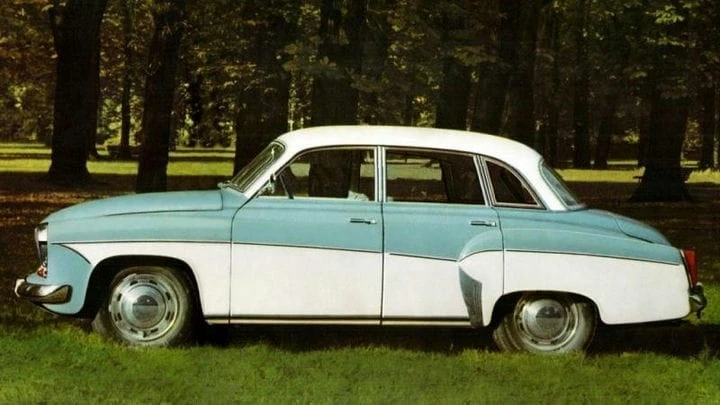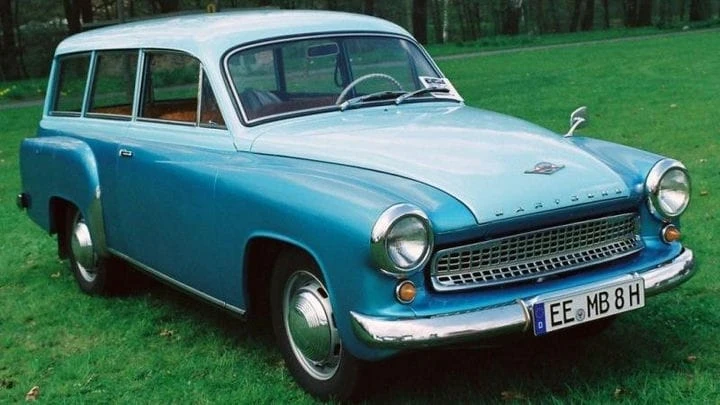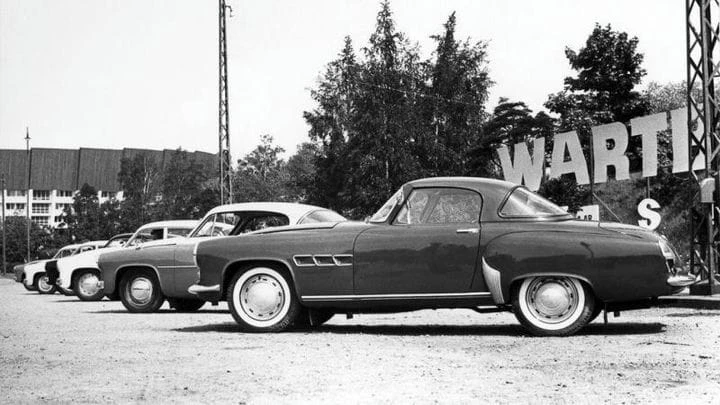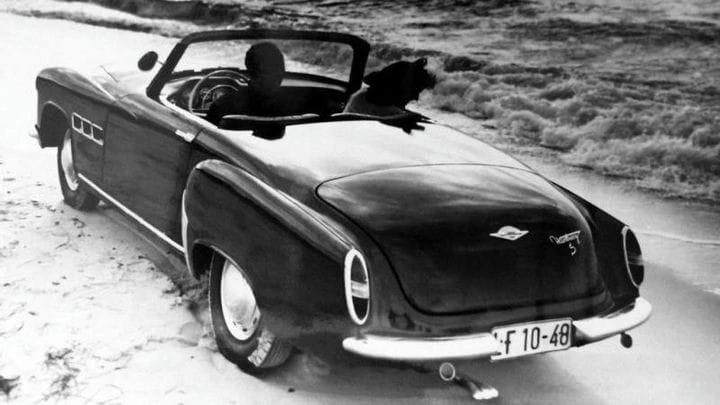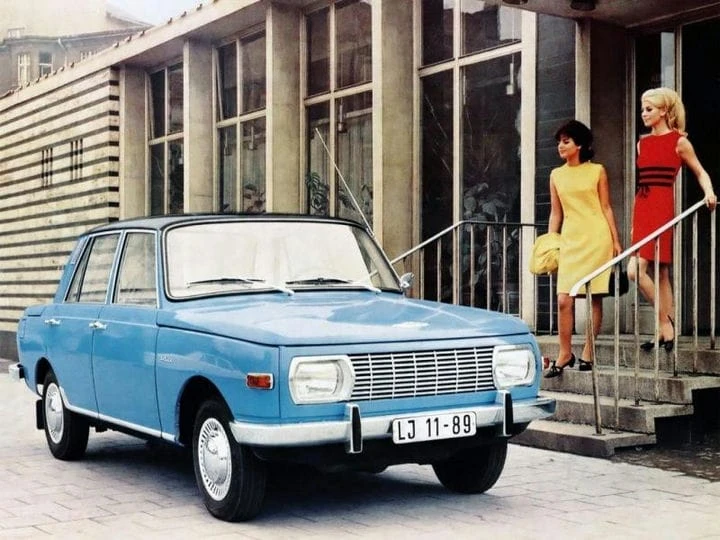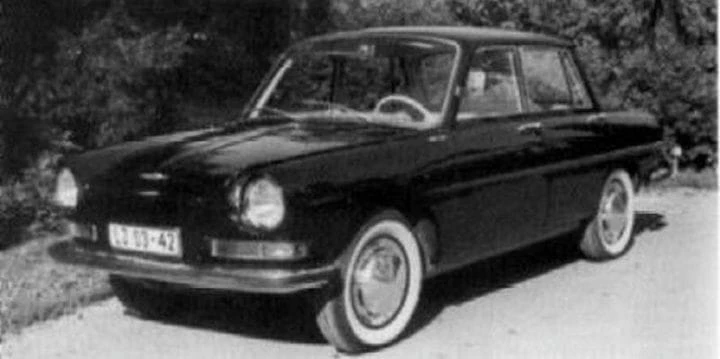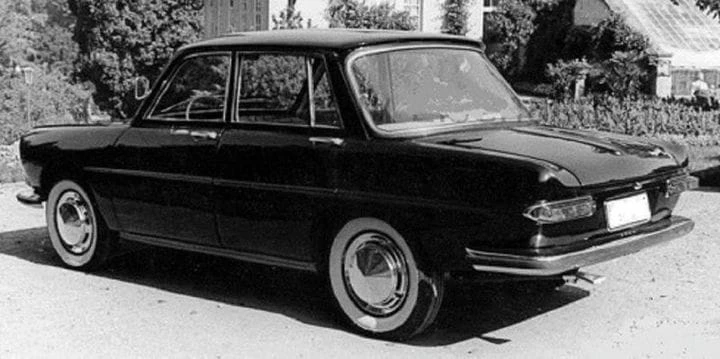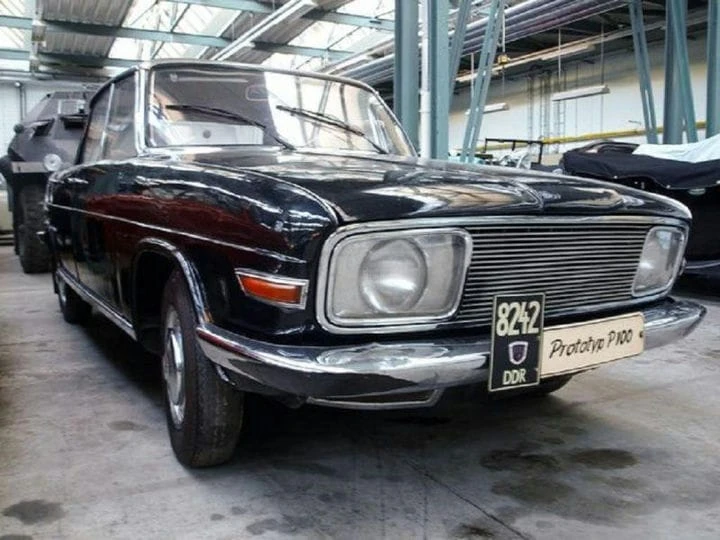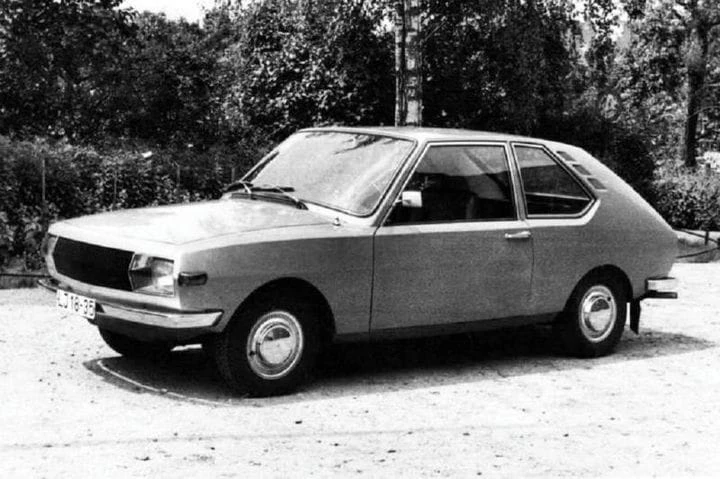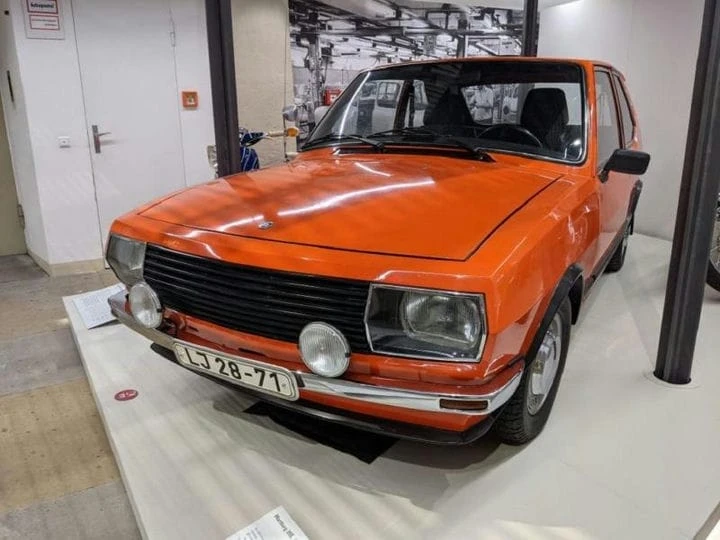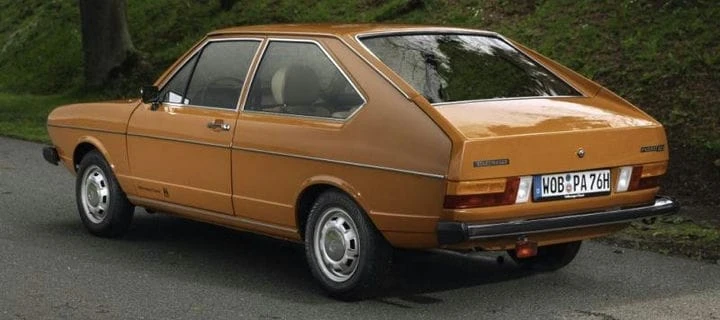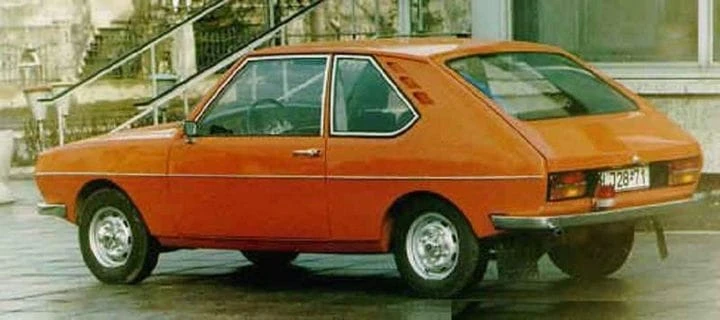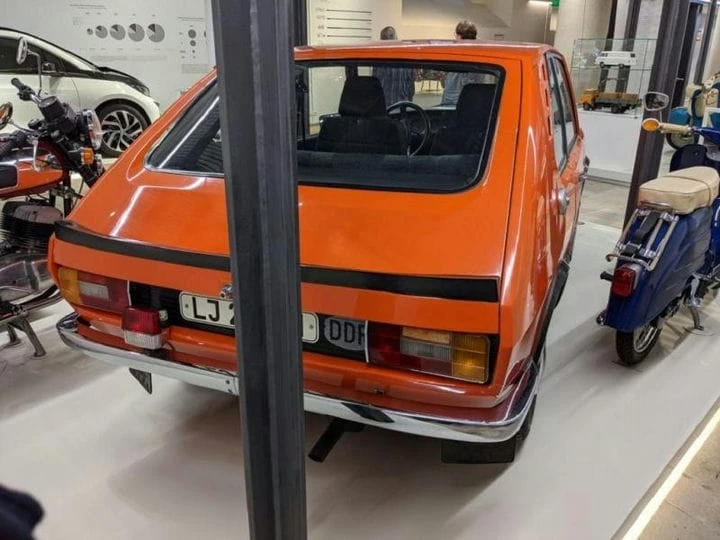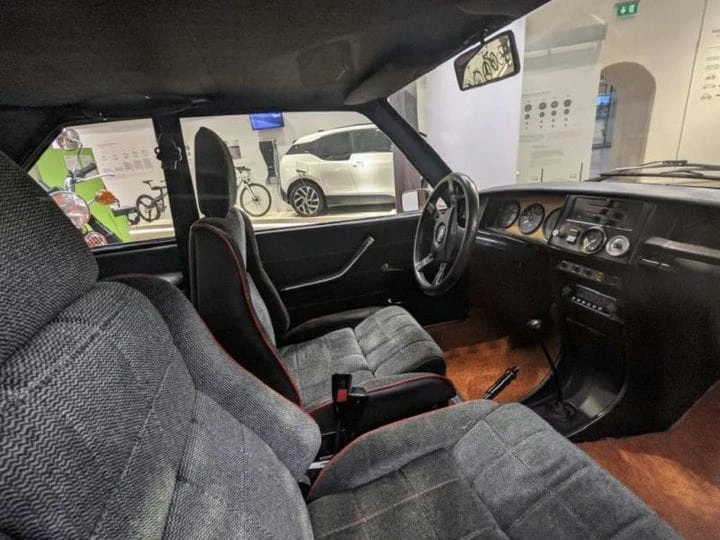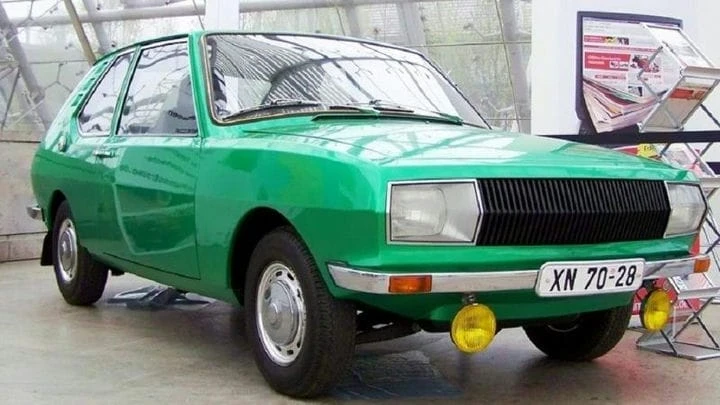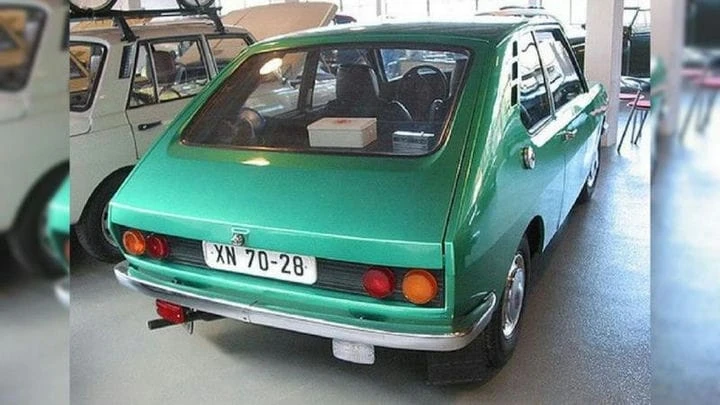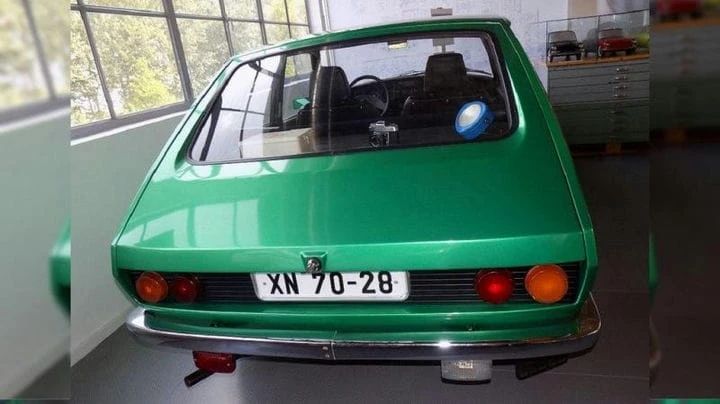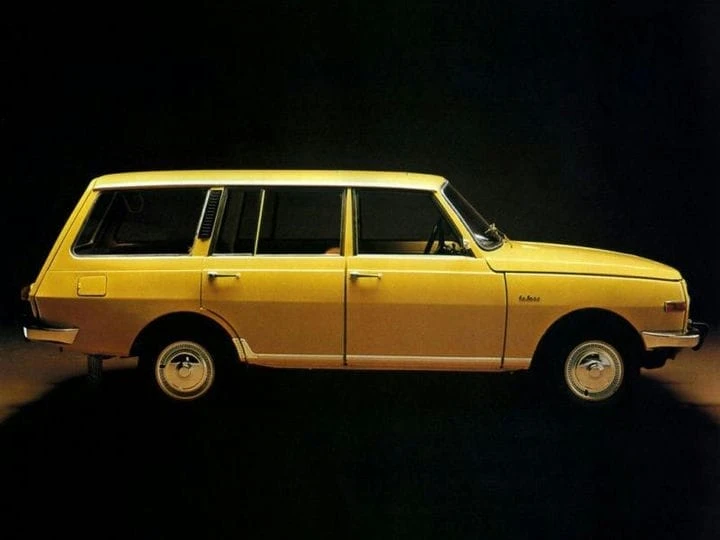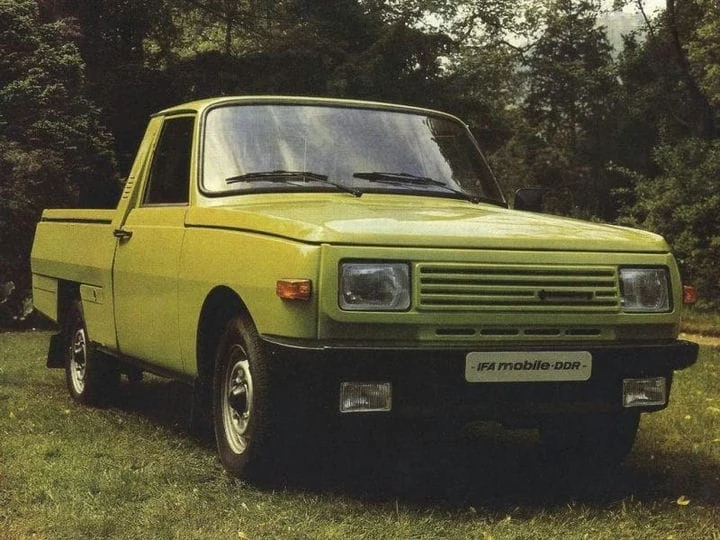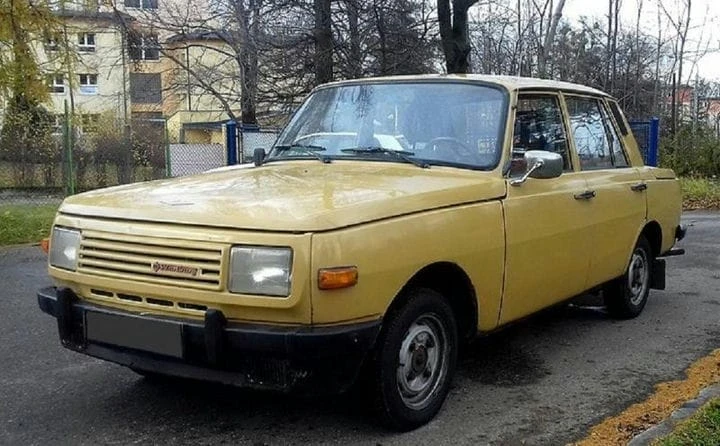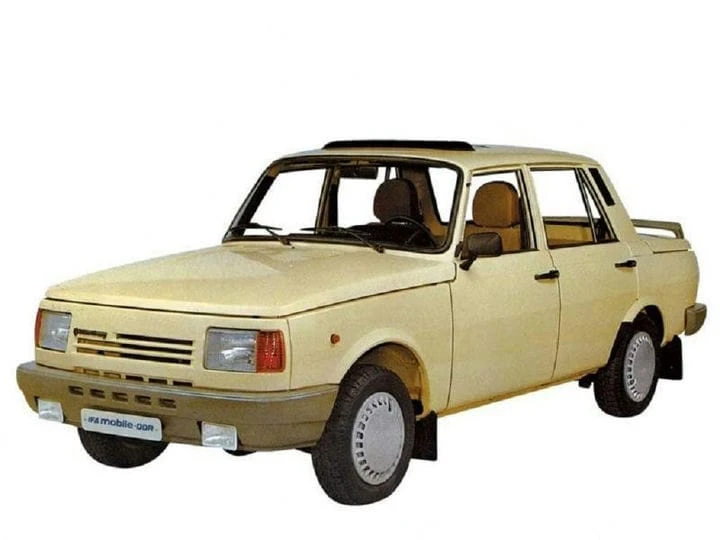Opposite, BMW and design ahead of the curve: little-known Wartburg prototypes that never went into production
Every self-respecting automobile plant, in addition to serial cars, from time to time produces the so-called concept – prototypes of cars that are not always destined to see the conveyor. And in the Soviet period, similar prototypes were created not only in the “decaying West”, but also in the socialist countries. Not so long ago we talked about little-known experimental models of Skoda, and today we will talk about the oldest East German brand Wartburg, which is strongly associated all over the world with its iconic 353. But there were other Wartburgs! Let us recall the little-known pages of the history of this brand, associated with the development of “research” of promising models that never made it to the assembly line in Eisenach.
Early or first half of the 20th century
Everyone knows that the history of cars in their modern sense began with the products of Daimler and Benz. And now – an amazing fact: Wartburg was the third German company to start producing cars in the last century! At the end of 1896, an association of German banks created Fahrzeugfabrik Eisenach AG. The “arms king” Heinrich Erhard became the director of the plant, and at first they began to produce .. military weapons – heavy artillery pieces and cannons. Given the imminent and not so distant First World War, the choice of environment for the plant in Eisenach was quite understandable. However, other equipment was also produced there, such as bicycles, but also mainly for the needs of the army. In fact, at the beginning of the last century, non-motorized two-wheeled vehicles were widely used in the military.
Two years later, in 1898, on the basis of the De Dion three-wheeled car, a prototype of an “autonomous carriage” was created, which received a Benz engine. True, the public took the car rather coldly, so Erhard soon established contacts and signed an agreement with the French company Societe Decauville. The collaboration resulted in the first car of the Wartburg brand – Wagen Model 1. Where did the unusual name come from? It's very simple: the Wartburg is a medieval castle near Eisenach, built at the end of the 9th century.
Due Wartburg – antique car and medieval castle
Initially, the cars of this model were equipped with a four-horsepower De Dion engine with a volume of 480 “cubes”, and a little later they received a more powerful 0.8-liter engine, which already gave out five “horsepower”. Don't be in a hurry to smile: with this power-to-weight ratio, Wartburgs got to a perfectly acceptable 40 km/h by the turn of the century. Wartburg Wagen Model 2 was much more powerful and roomy.
Based on the third model, equipped with a 45-horsepower (!) Engine, a 45-horsepower racing version was built, but .. there comes a time when the company becomes unprofitable and the owners simply fire the boss of the enterprise, which was soon renamed Dixi.
Pictured: Wartburg 45 HP race
In the future, not only the production of cars of one model was supposed, but also a noticeable expansion of the model range – the release of a whole family (or series) T, and then R. They differed not only from each other in the design and shape of the body, but also in the power and number of cylinders in engines.
During the First World War, the company switched completely to the production of military equipment and weapons, and in the post-war years it was forced to merge with the Gothaer Waggonfabrik factory, producing a series of pre-war models, as well as trying to establish the production of its own small car called Diana. Unfortunately, there was not enough time or opportunity to remember this, so at the end of 1927, the production of Dixi DA1 – licensed Austin 7 – began in Eisenach.
Austin English and Dixie Herman are twins and brothers
The machine proved to be quite successful and was a clear commercial success, with a circulation of thousands of copies. And then an unexpected turn in the history of the brand: the company is absorbed by the company … BMW, so the subcompact gets the double name BMW-Dixi, but soon the prefix after the dash disappears.
First BMW, aka Dixie, aka Austin
But the sports version of the BMW 3/15 was called the Wartburg! True, it was produced for a short time and in small quantities.
The last “pre-socialist” Wartburg is a racing roadster based on the 3/15 model
The last “pre-socialist” Wartburg is a racing roadster based on the 3/15 model
The last “pre-socialist” Wartburg is a racing roadster based on the 3/15 model
The last “pre-socialist” Wartburg is a racing roadster based on the 3/15 model
The last “pre-socialist” Wartburg is a racing roadster based on the 3/15 model
By 1932, the company had produced about 25,000 of these machines in the regular version, and the license bought by the British had expired.
However, the company's engineers, using the achievements of the previous model, create their own car from the AM series. It stood out for its independent all-wheel suspension and overhead valving: almost racing technology by 1930s standards! New BMW car models at that time were produced precisely and only in Eisenach, as at that time motorcycles were produced in Munich.
And then the Second World War broke out… Judging by the way it ended, the Americans transferred Thuringia under the control of the Soviet military administration. The plant was once again renamed Sowjetische AG Maschinenbau Awtowelo (a / o Soviet machine-building enterprise Avtovelo), and pre-war cars began to be produced here, moreover, under the BMW brand! It is not surprising that a huge scandal soon broke out: in Munich they said that the plant in Eisenach was illegally using the BMW brand. As a result, the company itself was renamed VEB Automobilwerk Eisenach (People's Enterprise of the Eisenach Automobile Plant or AWE), and the cars received the abbreviation EMW, but in the mid-1950s, the production of “former BMWs” was discontinued and instead they began to produce IFA F9 models, which had much in common with the pre-war DKW prototype,
The red and white emblem suggested that these BMWs were produced in the post-war period and in the GDR.
The red and white emblem suggested that these BMWs were produced in the post-war period and in the GDR.
The red and white emblem suggested that these BMWs were produced in the post-war period and in the GDR.
The red and white emblem suggested that these BMWs were produced in the post-war period and in the GDR.
IFA – runabout to Wartburg
Act Two, Post-War – Hello Wartburg
I hope you are not yet fully involved in all these intricate intricacies of German brands, but it was in 1955 that a car came out that received the “historical” trade name Wartburg. Model 311 was produced with all possible body styles: sedan, convertible, station wagon, coupe and even a roadster!
The first Wartburg was very different, but in the end remained in the shadow of his younger brother
The first Wartburg was very different, but in the end remained in the shadow of his younger brother
The first Wartburg was very different, but in the end remained in the shadow of his younger brother
The first Wartburg was very different, but in the end remained in the shadow of his younger brother
The first Wartburg was very different, but in the end remained in the shadow of his younger brother
The first Wartburg was very different, but in the end remained in the shadow of his younger brother
The first Wartburg was very different, but in the end remained in the shadow of his younger brother
The latter deserves more detailed reminder. A sporty version with a two-seater two-door open body was presented at the Leipzig Fair in 1957. The Wartburg 313/1 Sportwagen Coupé was more commonly referred to as the Wartburg Sport and was notable for having an optional soft top, and a removable hardtop being standard on the car.
After the three-cylinder engine was equipped with three whole carburetors, the sports Wartburg produced 50 hp and accelerated to 140 km / h. Although this fifty-horse sports model can of course be considered only conditionally, and in three years less than one and a half thousand of these machines, which in our time are considered real rarities – hunting objects for collectors.
In the mid-1960s, the 353 entered the automotive scene in Eastern Europe, the same Wartburg that the vast majority of motorists associate with this German brand.
Pictured: Wartburg 353
Its history is already well known to our readers, but we propose to focus on the prototypes that were regularly built in Eisenach for almost two decades in a row.
So, during the first post-war Wartburg, a prototype P100 was created – a four-door sedan, the distinguishing feature of which was a boxer engine located inside the wheelbase (!).
One of the P100 prototypes
The second prototype draws attention with large rectangular headlights and adjacent turn signals that merge into the sidewalls of the front fenders. By the way, this characteristic decision later became a kind of “calling card” of the 353 appearance. At that time, Wartburg Sport did not forget, having developed the 313-2 mid-engined prototype.
The prototype P100 was also reflected in the experimental roadster 313-2
Other Wartburgs
With a potentially progressive front-wheel drive platform (not to mention the fact that both Soviet Muscovites and the Italian FIAT 124 remained true to the classically archaic rear-wheel drive), Eisenach decided to create his own “Golf to Golf”. It was a front-wheel drive 355 Coupe, which the Volkswagen Passat B1 later looked remarkably like! And this similarity was noticed not only by us, but also by fans of the Volkswagen brand.
Like it or not, it makes no sense to deny the similarity of the concept with the serial Passat
Even after more than 50 years, the 355 looks interesting
Apparently, on one of the Wartburg 355 prototypes (second photo), the rear lights were borrowed from the “three-ruble VAZ” …
. but in the museum exhibit there is a rear view of the VAZ-2106
From 1968 to 1973 (the year Passat B1 production began!) four 355 prototypes were produced. Unfortunately, despite the fact that the four-stroke Renault engine was placed under the hood of the “coupe from the East”. There were serious talks about launching the car into serial production, since there was no funding for it, and the usual Wartburg 353 in the CMEA countries at that time was in stable demand.
However, the “alien heart” in the engine compartment and the experimental Wartburg himself appeared for a reason: in the mid-1970s, a worldwide course was outlined to tighten environmental requirements for cars. The Wartburg series two-stroke engine, in which oil had to be added directly to the gasoline in order for it to burn inside the engine along with the fuel, had a very dirty exhaust even visually, so it would be just ridiculous to talk about some CO and CH emission standards in this case. East German engineers understood that the world needed a fundamentally new Wartburg: firstly, with a modern four-stroke gasoline engine, and secondly, with a monocoque body (let's not forget that the 353 had a frame structure!). Externally, the four-door prototype resembled a cross between a small Volvo and an experimental Skoda, which we remembered just recently.
Pictured: Wartburg 360
In Eisenach, work was underway to install a gas turbine engine on a car and, together with Skoda, it was planned to create a new generation of cars of the same class – the project was called RGW-Auto P760 and was to be produced at Skoda. Wartburg and even Trabant!
Prototypes, prototypes…
It was assumed that at first both the Czechs and the East Germans would produce this model under different brands, and then each of the companies would create its own design, which would allow the brand to be identified, immediately distinguishing the new Wartburg from Skoda or Trabant.
The 355th at this time was slightly “mapped”, while repainting it in a cheerful green, and a year later, in 1978, another and almost desperate attempt was made to radically modernize the Wartburg with the release of another prototype. – this time the 610M models.
It was green: the 355a prototype existed in several variations
It was green: the 355a prototype existed in several variations
It was green: the 355a prototype existed in several variations
This sedan “closes the circle”: in the 80s, the Germans no longer dreamed of new Wartburgs
This sedan “closes the circle”: in the 80s, the Germans no longer dreamed of new Wartburgs
This sedan “closes the circle”: in the 80s, the Germans no longer dreamed of new Wartburgs
It had much in common with the 360 and had a more “elegant” appearance, as the Renaissance units should have been. Unfortunately, in this case, the prototypes had practically no chance to get on the conveyor…
The serial Wartburg 353 itself constantly underwent only body metamorphoses, adding, respectively, to the traditional body options a station wagon (Tourist) and a pickup truck (Trans) sedan, and in 1985 the car received a more powerful engine and plastic trim parts instead of chrome ones.
Pickups and station wagons diluted the sedan's unique personality
Refurbished, the Wartburg Hotel is more modern. Probably. But it is not so.
And now let us recall that in Togliatti a similar “chip” of the Zhiguli was received in 1980 (model 2105), and only in 1985 did the front-wheel drive Sputnik-Samara appear on the streets of the USSR and on the streets of Europe, for which the Wartburg was as far away as and the castle of the same name in Thuringia – in a brand new nine-story panel house …
And only in the late 1980s, the gray plume of burnt oil stopped trailing behind the wheel of the Wartburg, as the Wartburg 1300 received not only fresher, but also (finally!) A fully modern four-stroke Volkswagen gasoline engine with a volume of 1.3 liters and a power of 64 “horses” – exactly like on the Soviet “eight”!
If a variant with a similar appearance and a Volkswagen engine had appeared 5-8 years earlier, the Wartburg would certainly have been in demand at the end of its service life
Alas, neither the “heart transplant” nor the cosmetic procedures helped Elder Wartburg for one simple reason: at that time East and West Germany were united, which meant that the fate of the “socialist” Wartburgs and Trabants was a foregone conclusion. The unwitting protagonist of our story made history in 1991, when the Eisenach factory was acquired by Opel. Well, the Wartburg brand itself, due to the fact that none of the prototypes became serial and was not very well known at that time, is still associated by most motorists with a single model – hence “three hundred and fifty-thirds”.

